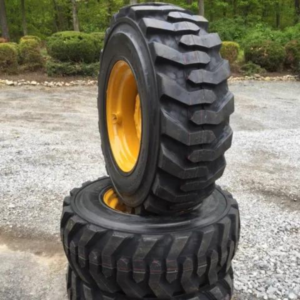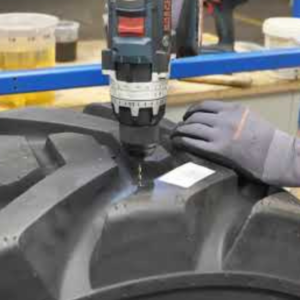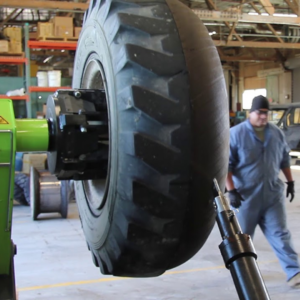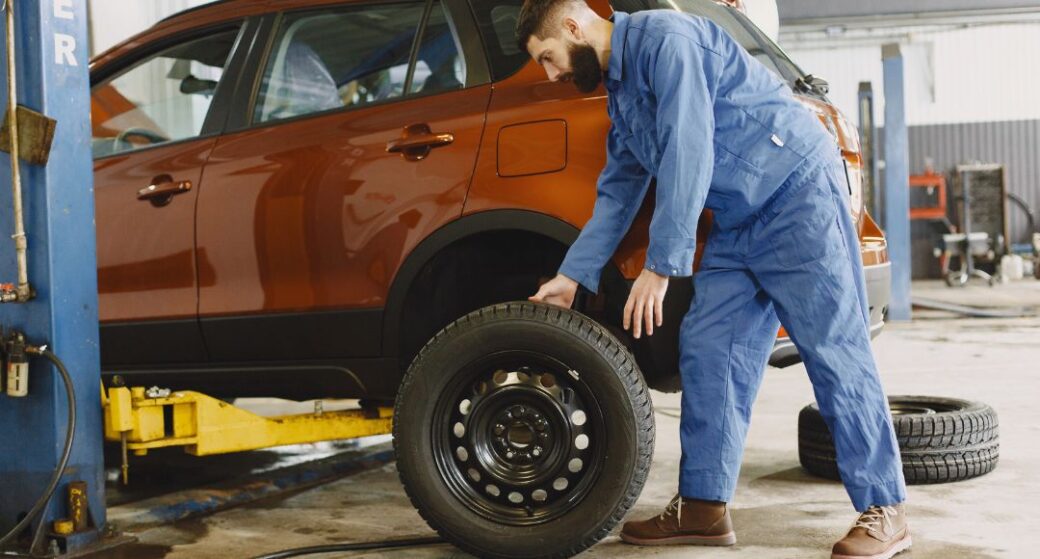Foam-filled tires provide a unique and effective way to improve the performance of any vehicle. They are lightweight, durable, and can provide a dramatic increase in traction, which makes them ideal for many driving situations. In this guide, we will cover the basics of foam-filled tires and how they work, as well as the pros and cons of using them. We will also discuss the different types of foam-filled tires that are available, and how to select the best type for your vehicle. Finally, we will look at some tips on installing foam-filled tires, caring for them over time, and how to foam fill tires yourself. By the end of this guide, you should have a better understanding of how these unique tires can improve your vehicle’s performance and safety.
What Are Foam-Filled Tires?
 Foam-filled tires are tires that have been filled with a special type of foam, usually polyurethane foam. This foam is injected into the tire through a specially designed valve, and then sealed before being inflated to the correct pressure. The foam serves two purposes: first, it helps to disperse the weight of the vehicle evenly over the surface of the tire, providing a smoother ride; and second, it adds cushioning between the wheel and road surfaces, which provides better grip and handling.
Foam-filled tires are tires that have been filled with a special type of foam, usually polyurethane foam. This foam is injected into the tire through a specially designed valve, and then sealed before being inflated to the correct pressure. The foam serves two purposes: first, it helps to disperse the weight of the vehicle evenly over the surface of the tire, providing a smoother ride; and second, it adds cushioning between the wheel and road surfaces, which provides better grip and handling.
As with any type of tire, there are pros and cons associated with using foam-filled tires. The main advantages of foam-filled tires include increased traction, improved ride comfort, reduced road noise, and less wear on the tire. Additionally, they can be used in a variety of driving conditions, including wet roads and off-road terrain. On the downside, foam-filled tires can be more expensive than traditional tires and may require more maintenance to keep them in good condition.
Types of Foam-Filled Tires
 There are several different types of foam-filled tires available, each designed for specific driving conditions. The most common type is the all-terrain foam-filled tire, which is designed for use on a wide range of terrain and surfaces. There are also specialty tires such as mud-terrain and sand-terrain that are specifically designed to handle tougher road conditions.
There are several different types of foam-filled tires available, each designed for specific driving conditions. The most common type is the all-terrain foam-filled tire, which is designed for use on a wide range of terrain and surfaces. There are also specialty tires such as mud-terrain and sand-terrain that are specifically designed to handle tougher road conditions.
Selecting the Best Foam-Filled Tire For Your Vehicle
When selecting the best foam-filled tires for your vehicle, it’s important to consider the type of terrain and conditions you’ll be driving on. Different types of foam-filled tires are designed to handle different surfaces and road conditions, so make sure to select a tire that is suitable for your needs. Additionally, take into account any special features the tire may have, such as additional cushioning or improved tread pattern.
Installing Foam-Filled Tires
 When installing foam-filled tires, it’s important to follow the manufacturer’s instructions carefully. Generally speaking, this involves removing the old tire and cleaning the wheel surface before mounting the new tire onto the wheel. Once mounted, the tire needs to be inflated and then sealed using a valve stem. Finally, the tire should be checked for leaks before being used on the road.
When installing foam-filled tires, it’s important to follow the manufacturer’s instructions carefully. Generally speaking, this involves removing the old tire and cleaning the wheel surface before mounting the new tire onto the wheel. Once mounted, the tire needs to be inflated and then sealed using a valve stem. Finally, the tire should be checked for leaks before being used on the road.
Conclusion
Foam-filled tires can offer a number of advantages over traditional tires, including improved traction, ride comfort, and noise reduction. However, they can also be more expensive and require more maintenance than traditional tires. When selecting the best foam-filled tire for your vehicle, make sure to consider the type of terrain you’ll be driving on, as well as any special features the tire may have. Additionally, be sure to follow the manufacturer’s instructions carefully when installing foam-filled tires. With this knowledge and a bit of care, you can ensure that your vehicle is equipped with the best possible tires for its needs.
